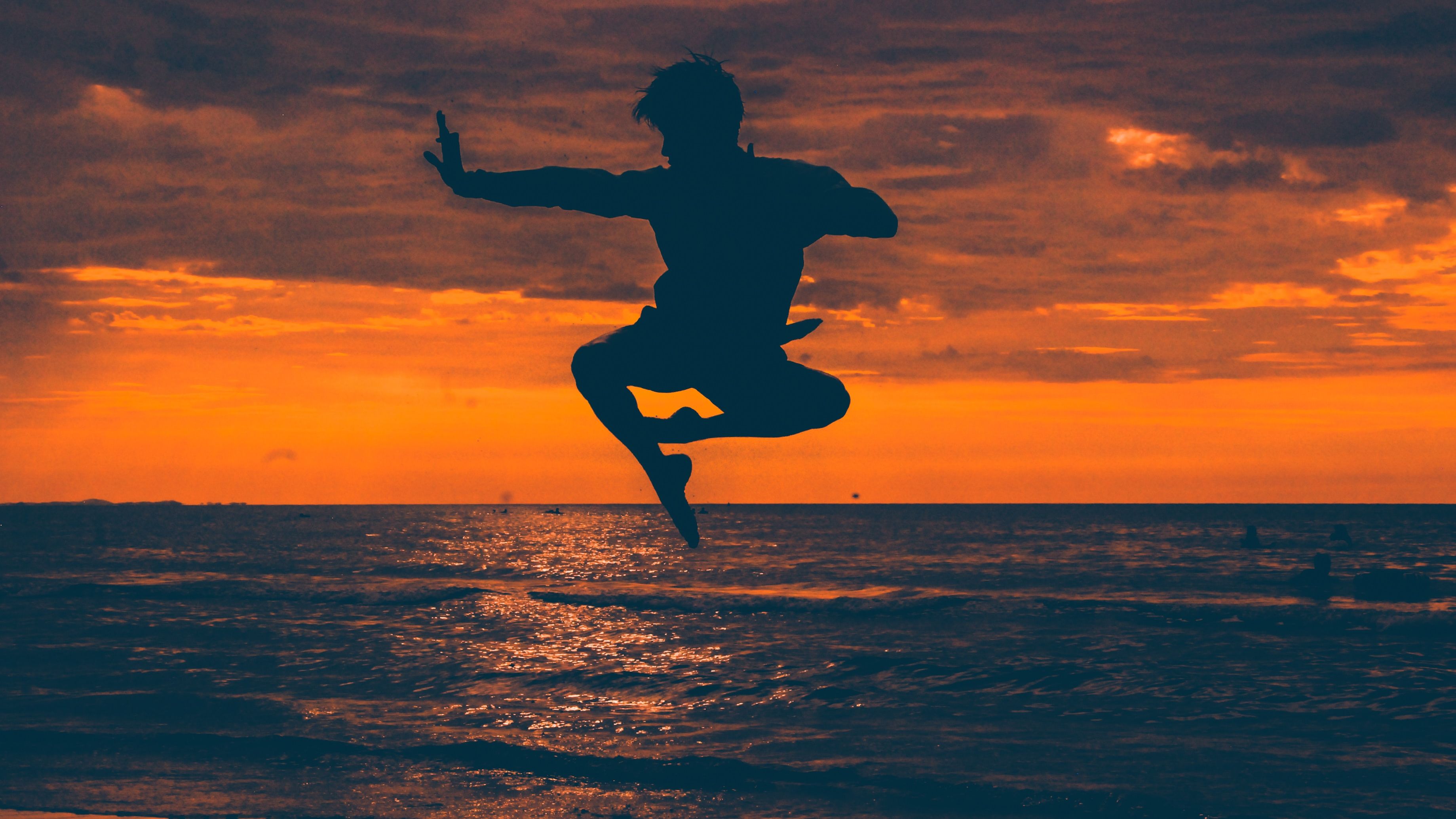Aikido: A Martial Art With a Philosophical Core
Mar 02, 2023
“One thing that makes aikido so powerful:
it utilizes power of opponents to win the fight.”
―
Aikido is a martial art that has deep philosophical roots. It can be thought of as a way of life, or a philosophy for living, and it has the potential to transform your relationships with others, even in the face of conflict. The history of Aikido stretches back over 100 years, and its founder was a man named Morihei Ueshiba. Let’s take a closer look at this ancient art and the philosophy of peace that is at its core.
The History of Aikido
Morihei Ueshiba created Aikido in the early 20th century after he had studied various martial arts extensively. He blended his experiences into one comprehensive martial art form which he called “Aiki-jūjutsu”. This later became known as Aikido, which translates as “the way of harmonious spirit”. As part of his training regimen, Ueshiba traveled throughout Japan to learn from different martial arts masters in order to gain more knowledge about techniques and strategies. Ueshiba developed an understanding not only for physical techniques but also for spiritual ones, which led him to create this unique form of self-defense that emphasizes harmony and balance between physical and mental elements.
Distinctive Features Of Aikido
Aikido is based on the idea that you can blend with an opponent's energy instead of trying to overpower them physically or mentally. In essence, it involves using their momentum against them while avoiding direct confrontation by redirecting their energy away from you rather than trying to match their strength or force them away from you with your own strength. This allows practitioners to remain calm under pressure and handle themselves appropriately in any situation without having to resort to violence or aggression. Additionally, practitioners focus on maintaining good posture and breathing deeply in order to stay grounded during practice or sparring sessions - this helps them maintain control over their bodies so they can move quickly but remain balanced at all times.

Photo credit: Patrick Fore @Unsplash
The Philosophy Of Connecting To Ki
The underlying principle behind Aikido is connecting with the energy source referred to as ki (or qi). Ki is believed by some cultures around the world to be an invisible life force energy that connects all living things together. Practicing Aikido requires connecting with this internal energy source and allowing it to flow through your body so that you can better interact with your opponent’s energy while maintaining balance within yourself. By doing this, practitioners are able to flow through difficult situations without being thrown off balance by external forces such as aggression or fear - thus enabling them to respond calmly yet effectively when faced with conflict situations both inside and outside of their practice sessions. Additionally, learning how to connect with ki helps practitioners become more aware of their bodies and how they interact with other people - allowing them to develop better relationships overall by understanding how their actions affect those around them before acting impulsively out of anger or fear.
Conclusion
Aikido is much more than just another form of self-defense; it is a philosophy for living that teaches people how to use their internal energy source (ki) in order to stay calm under pressure while still defending themselves if necessary. The main goal behind practicing Aikido is not only developing physical strength but also cultivating inner peace so that practitioners can handle difficult situations without resorting to violence or aggression – ultimately leading towards healthier relationships overall even if there is disagreement or conflict involved. By learning how to connect with ki, practitioners can become more aware of themselves and those around them – thus creating opportunities for deeper connections on both interpersonal levels as well as spiritual ones!
Photo credit: Charlein Gracia @Unsplash
Sign up for our Newsletter
Keep up with our latest offerings and events. Stay connected with community.
No spam. Ever.



